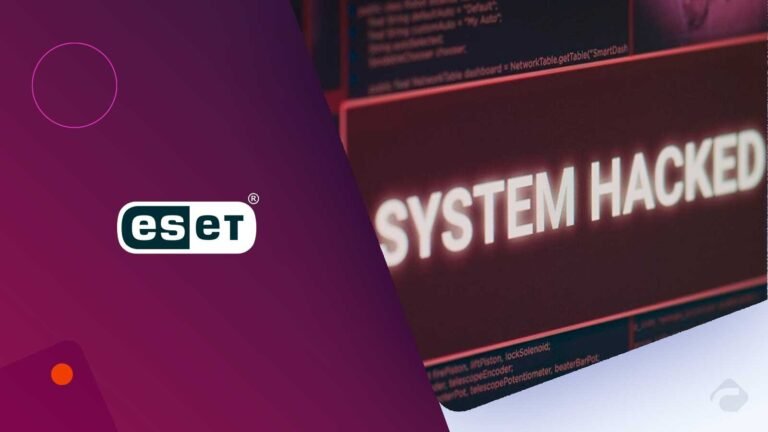A deceptive fake error attack vector, ClickFix, surged by over 500%, becoming the second most common attack method after phishing, and responsible for nearly 8% of all blocked attacks.
ESET has released its latest Threat Report, which summarizes threat landscape trends seen in ESET telemetry and from the perspective of both ESET threat detection and research experts, from December 2024 through May 2025. One of the most striking developments this period was the emergence of ClickFix, a new, deceptive attack vector that skyrocketed by over 500% compared to H2 2024 in ESET telemetry. This makes it one of the most rapidly rising threats, accounting for nearly 8% of all blocked attacks in H1 2025 and is now the second most common attack vector after phishing.
ClickFix attacks display a fake error that manipulates the victim into copying, pasting, and executing malicious commands on their devices. The attack vector affects all major operating systems including Windows, Linux, and macOS. “The list of threats that ClickFix attacks lead to is growing by the day, including infostealers, ransomware, remote access trojans, cryptominers, post-exploitation tools, and even custom malware from nation-state-aligned threat actors,” says Jiří Kropáč, Director of Threat Prevention Labs at ESET.
Cyber Technology Insights : European Cybersecurity Leader Heimdal Partners with Montreal’s Fusion Cyber Group
The infostealer landscape also saw significant shifts. With Agent Tesla fading into obsolescence, SnakeStealer (also known as Snake Keylogger) surged ahead, becoming the most detected infostealer in our telemetry. SnakeStealer’s capabilities include logging keystrokes, stealing saved credentials, capturing screenshots, and collecting clipboard data. Meanwhile, ESET contributed to major disruption operations targeting Lumma Stealer and Danabot, two prolific malware-as-a-service threats. Before the disruption, Lumma Stealer activity in H1 2025 was higher than in H2 2024 (+21%) and Danabot was up even more, by +52%. This shows that both were prolific threats, making their disruption that much more important.
The ransomware scene further descended into chaos, with fights between rival ransomware gangs impacting several players, including the top ransomware as a service – RansomHub. Yearly data from 2024 shows that while ransomware attacks and the number of active gangs have grown, ransom payments saw a significant drop. This discrepancy may be the result of takedowns and exit scams that reshuffled the ransomware scene in 2024, but may also be partially due to diminished confidence in the gangs’ ability to keep their side of the bargain.
Cyber Technology Insights : Lumu 2025 Report Reveals Top Trends in Evasion, Malware, and Phishing Attack Vectors
On the Android front, adware detections soared by 160%, driven largely by a sophisticated new threat dubbed Kaleidoscope. This malware uses a deceptive “evil twin” strategy to distribute malicious apps that bombard users with intrusive ads, degrading device performance. At the same time, NFC-based fraud shot up more than thirty-five-fold, fueled by phishing campaigns and inventive relay techniques. While the overall numbers remain modest, this jump highlights the rapid evolution of the criminals’ methods and their continued focus on exploiting NFC technology.
Our research into GhostTap shows how it steals card details so attackers can load victims’ cards into their own digital wallets and tap phones for fraudulent contactless payments worldwide. Organized fraud farms use multiple phones to scale these scams. SuperCard X packages NFC theft as a simple, minimalistic malware-as-a-service tool. It presents itself as a harmless NFC-related app, once installed on a victim’s device, it quietly captures and relays card data in real time for quick payouts.
“From novel social engineering techniques to sophisticated mobile threats and major infostealer disruptions, the threat landscape in the first half of 2025 was anything but boring,” summarizes Kropáč about the contents of the latest ESET Threat Report.
Cyber Technology Insights : MSI Launches Cyber Insurance Program for Managed Care Organizations
To participate in our interviews, please write to our CyberTech Media Room at sudipto@intentamplify.com
Source: globenewswire

